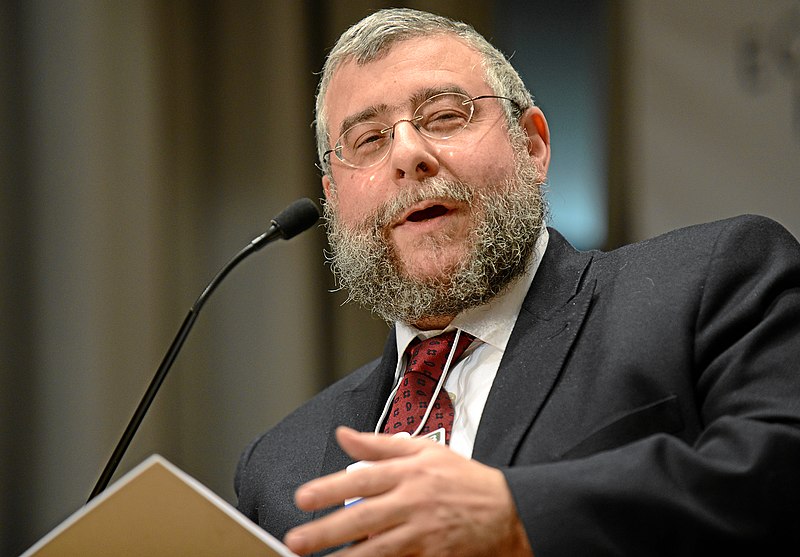
A recent report by the Institute for Jewish Policy Research (JPR) sheds light on the current migration patterns of European Jews, particularly in Russia and Ukraine. The study suggests that the
ongoing war between the two nations has resulted in indications of a potential exodus of Jews from both countries.
According to statisticians at JPR, if current trends persist, it is estimated that up to 90 percent of the Jewish populations in Russia and Ukraine could vanish by 2030.
This revelation coincides with the recent designation of Pinchas Goldschmidt, former chief rabbi of Moscow, as a "foreign agent" by Russian security forces. Goldschmidt, now residing in Israel, responded with disdain to the announcement. He expressed his concern that this move by the Russian government marks the beginning of a new wave of anti-Semitism, potentially leading to persecution against the Jewish community in Russia. He had previously urged local Jews to leave the country before it becomes too late.
Following the collapse of the Soviet Union in 1991 and the end of communism in Soviet satellites, there was a significant influx of Jewish immigrants to Israel. On average, between 1995 and 2003, approximately 16,000 to 20,000 Jewish migrants arrived annually from both Russia and Ukraine.
However, by the early 2000s, this migration wave had dwindled, with only about 3,500 Jews per year making aliyah (immigration to Israel) from Russia between 2003 and 2013, and approximately 2,000 per year from Ukraine during the same period.
The JPR report highlights that recent political developments over the past eight years have had a notable impact on migration patterns. The annexation of Crimea and areas of the Donbas by Russia in 2014 triggered significant changes. The number of Jewish migrants from Ukraine in 2014 was three times higher than the previous year, with subsequent years maintaining a higher level of migration. Russia also experienced a similar rise in Jewish emigration.
The increase in Jewish migration from 2014 to 2021 is directly linked to the Russo-Ukrainian hostilities and, more specifically, Russia's annexation of Crimea. This upward trend is a direct response to the conflict between Russia and Ukraine, rather than internal political developments within Russia.
The report highlights the concerning reality of a potential decline in Jewish populations in Russia and Ukraine and underscores the impact of geopolitical conflicts on migration patterns within these regions. Photo by World Economic Forum from Cologny, Switzerland, Wikimedia commons.







































